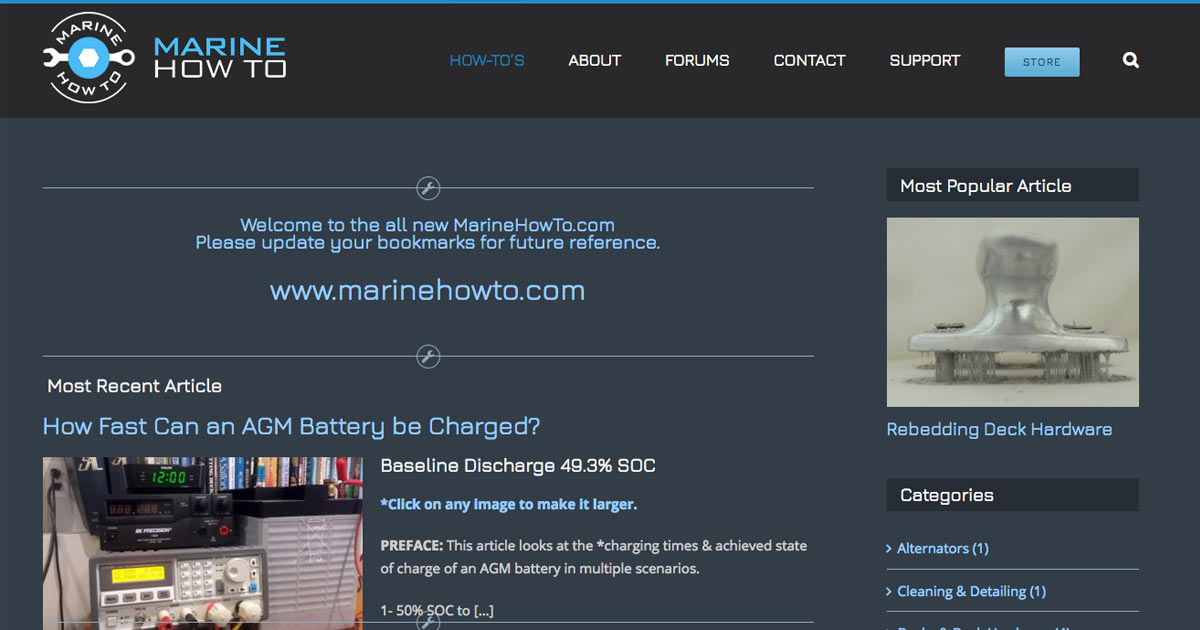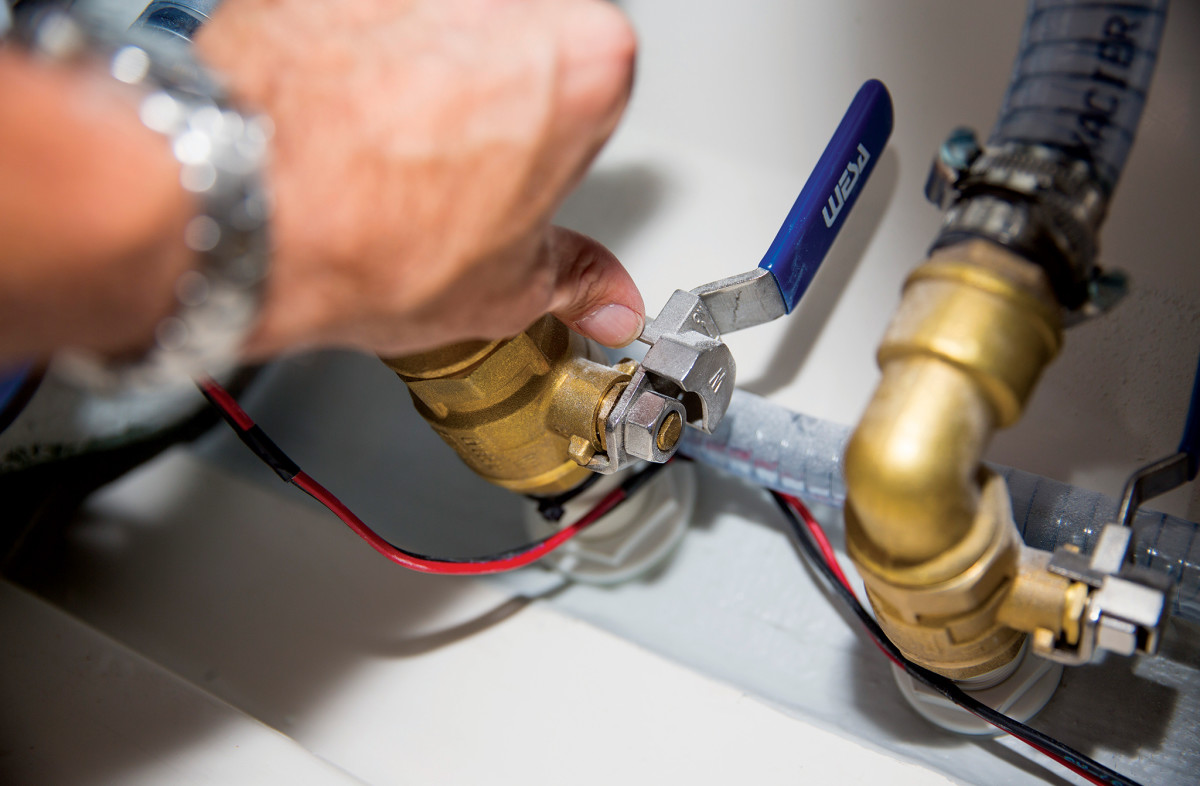Hi guys, my name is Jonathan and I am gratefull to have found this forum. I purchased an o'day 30 and I am trying to learn fast as I restore this boat and get it ready for sailing. I have very little sailing experience so I am hoping that I can come here to ask questions about things that I may need guidance on.
My first challenges are trying to understand the plumbing and how to manage these through hulls in my boat. The sink is connected directly to a through hull beneath it. how the water is not coming up through the sink? Is this because the sink is located above the water line? There is a circular nut on one side of this thru hull and it's orientation leads me to believe that the valve is open. The other two through hulls are located on the port side and they seem to be connected to a large valve that is connected to a hose that is capped off. The thru hulls have these long metal handles on them and by their orientation it seems that these valves are open.
I have a few questions.
1. Should I close these thru hull valves? I tried to turn it my hand but it would not budge. I'm sort of afraid to get a pipe to get enough leverage on it to close these thru hull valves. Why are they open if they do not lead anywhere inside the boat?
2. The toilet doesn't seem to be connected to any thru hulls on the boat but is directed to a holding tank on the port side. The bladder is full and must be removed and replaced. It has a vent line and a line for emptying the tank.
3. Why is the sink directly connected to a thru hull and how does that work.
I opologise if I am not using the correct terminology and I apriecate all the help I can get.
There is also a transducer next to these open thru hulls.
My first challenges are trying to understand the plumbing and how to manage these through hulls in my boat. The sink is connected directly to a through hull beneath it. how the water is not coming up through the sink? Is this because the sink is located above the water line? There is a circular nut on one side of this thru hull and it's orientation leads me to believe that the valve is open. The other two through hulls are located on the port side and they seem to be connected to a large valve that is connected to a hose that is capped off. The thru hulls have these long metal handles on them and by their orientation it seems that these valves are open.
I have a few questions.
1. Should I close these thru hull valves? I tried to turn it my hand but it would not budge. I'm sort of afraid to get a pipe to get enough leverage on it to close these thru hull valves. Why are they open if they do not lead anywhere inside the boat?
2. The toilet doesn't seem to be connected to any thru hulls on the boat but is directed to a holding tank on the port side. The bladder is full and must be removed and replaced. It has a vent line and a line for emptying the tank.
3. Why is the sink directly connected to a thru hull and how does that work.
I opologise if I am not using the correct terminology and I apriecate all the help I can get.
There is also a transducer next to these open thru hulls.
Attachments
-
621.8 KB Views: 114
-
508.8 KB Views: 110
-
487.6 KB Views: 108
-
535.5 KB Views: 137
-
631.3 KB Views: 103
-
761.3 KB Views: 111
-
284.7 KB Views: 120












 waiting to be released when you try to open the cap and pump it out. There should be a hose to the bladder and a cap on the deck to use at a pump out. Think septic tank. That large white valve with the black handle and the nipple that is dripping looks like what is called a Y valve. It looks to be dripping. I would not attempt to turn the valve until I had a hose in that dripping nipple and the hose would empty on a place that accepts sewage. Take care with this project. Once empty then you can work on removing it from the boat.
waiting to be released when you try to open the cap and pump it out. There should be a hose to the bladder and a cap on the deck to use at a pump out. Think septic tank. That large white valve with the black handle and the nipple that is dripping looks like what is called a Y valve. It looks to be dripping. I would not attempt to turn the valve until I had a hose in that dripping nipple and the hose would empty on a place that accepts sewage. Take care with this project. Once empty then you can work on removing it from the boat.